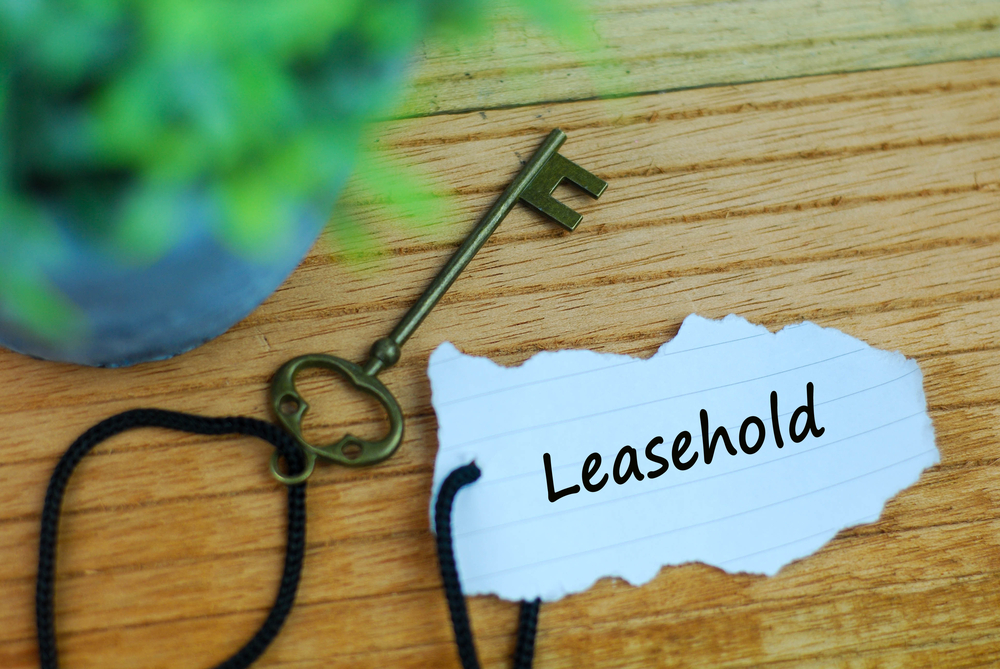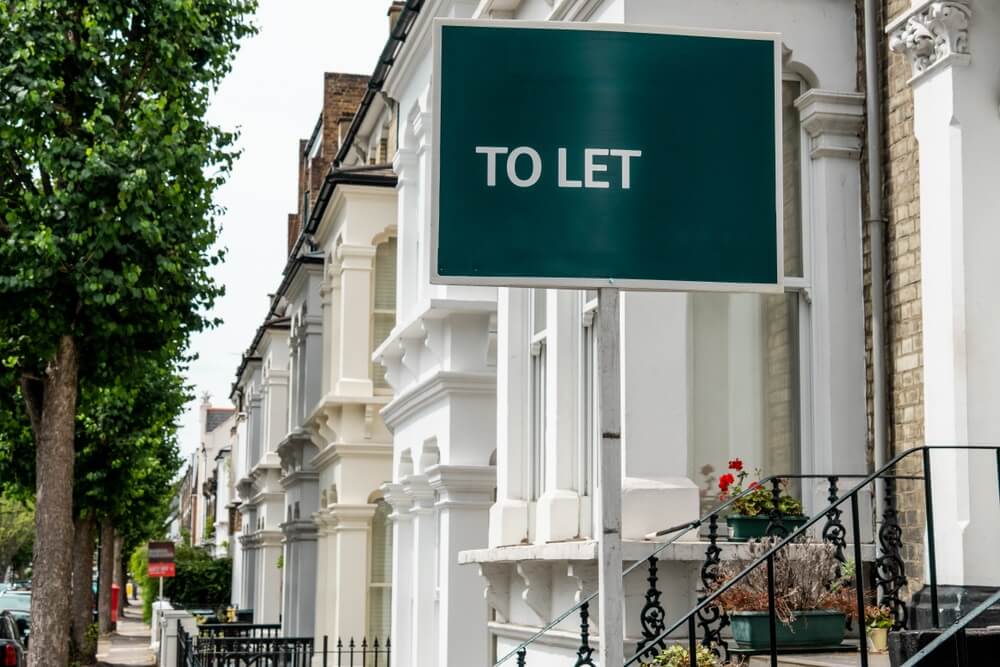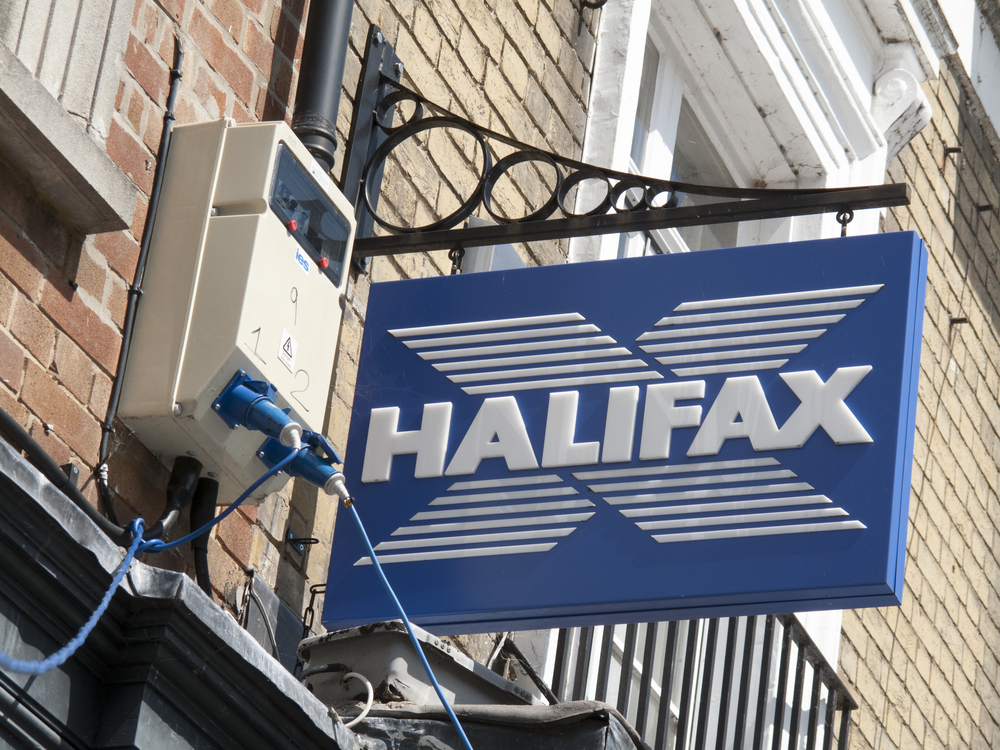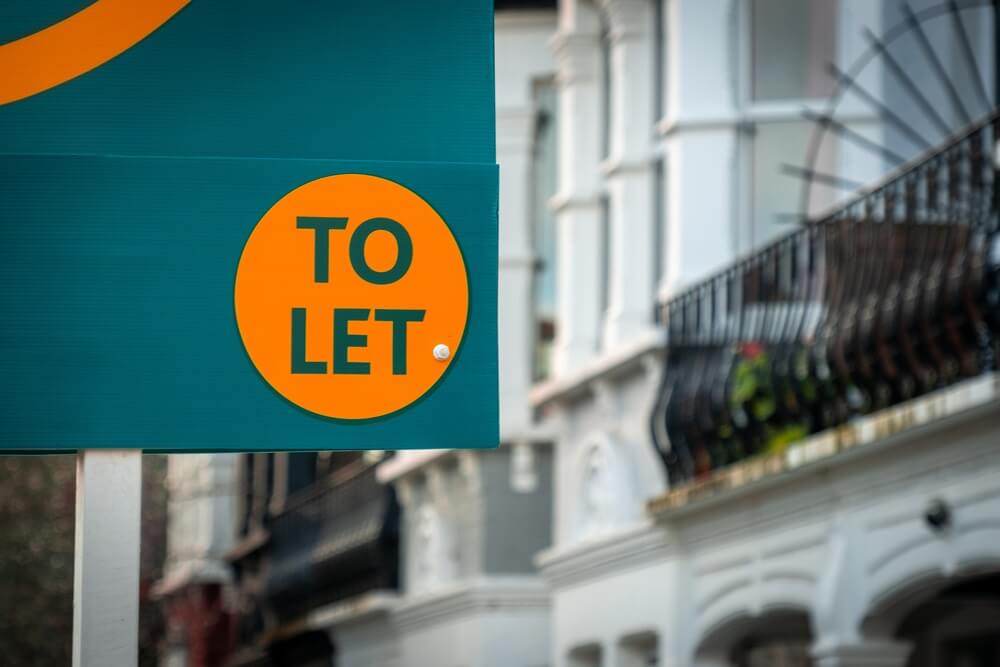Ask the experts – Buy to Let Mortgage Advice
[col type=”one-third”]
[col type=”one-third”]
Our property investment expert is Jeni Browne, Sales Director at
Mortgages for Business
Tel: 0345 345 6788
www.mortgagesforbusiness.co.uk
[/col]
[col type=”two-third last”]
Question
I have heard that many lenders are moving their rental calculation from 125% to 145% and applying a stress test of 5.5%. What does that actually mean?
Answer
It means that you will be able to borrow less against a particular property than before if you apply for a buy-to-let mortgage in your personal name.
On 1 January 2017 the Prudential Regulation Authority introduced guidelines requiring lenders to tighten affordability checks on buy-to-let landlords borrowing personally because from April landlords are likely to owe more tax than previously due to changes to income tax relief.
When assessing a buy-to-let mortgage application, lenders check that borrowers can afford to service the debt using a Rent to Interest (RTI) calculation. Traditionally, this was often set at 125% at 5%, meaning the rent must be at least 125% of the monthly mortgage payment multiplied by a stress factor of 5%. Today, however, lenders must apply a stricter RTI and we are seeing many use 145% multiplied by 5.5%.
There are some exceptions. The harsher test does not apply to landlords who borrow via a limited company because they pay corporation not income tax so won’t be affected by the fiscal changes. Also, some lenders will consider using a lower RTI for basic tax rate payers who are less affected. Knowing which lender to approach is the key, so do ask a broker for help.
[hr style=”single”]
Question
My parents own their house but are currently strapped for cash. If they sign their property to me, is it possible to take out a buy-to-let mortgage to help them release money?
Answer
It’s unlikely that any lender would lend in this instance. Firstly, this would be classed as a regulated buy-to-let mortgage as you would be letting the property to immediate family – there are only a couple of lenders which will consider these applications. Secondly, as your parents will have lived in the property prior to you owning it, they would be afforded rental protection which means that a lender would find it difficult to get vacant possession should you default on the loan making the property very hard to sell on.
[hr style=”single”]
Question
My two-year fixed rate buy-to-let mortgage is due for renewal soon. I usually take a two-year fixed rate but I have read that five-year fixed rates are becoming more popular. Why is this and should I consider it?
Answer
Five-year fixed rates provide protection against rate rises for longer. They can also save you the costs of having to remortgage as often as if you were to take a two-year rate. Currently, five-year fixes are popular because rates are at an all-time low and many are less than one percentage point more than two-year fixed rates.
[hr style=”single”]
Question
I am a self-employed builder thinking about purchasing a buy-to-let property that already has a tenant living there. Will I have to include the potential rental income when I make my mortgage application and what other documentation will I have to provide? Also, do the conditions of the mortgage change depending on the rental agreement in place, i.e. protected tenancy or assured shorthold tenancy?
Answer
Lenders will base part of their lending decision on the rental income the property generates (see my response to the first question for an explanation). They will also take into consideration your monthly outgoings, other financial commitments as well as any other income you might have.
In terms of documentation, also be prepared to provide: proof of identify; proof of residency – a recent utility bill or bank statement; a full schedule of existing properties held including mortgages and rental income; copies of latest three months’ bank statements – internet statements are acceptable if they show the bank name, account name, number and sort code; evidence of personal income – usually three months’ payslips and P60 if you are employed. HMRC’s SA302 (statement of income) if you are self-employed or already own a buy-to-let property; proof of deposit (for purchases). Not just a credit balance figure on a statement as the lender will need to see the actual source of the funds; and, a copy of the current tenancy agreement.
Lenders require tenants to have an assured shorthold tenancy agreement. You are unlikely to find a lender for a property with tenants on a protected tenancy agreement.
[hr style=”single”]
Question
My husband and I have just had our second child so we are looking to move out of the flat we bought five years ago. However, rather than sell it we would like to keep it and rent it out. I believe we would have to change our mortgage to a buy-to-let one. Would we have to pay the additional 3% in stamp duty on our new home as we already own a property or would it be subject to the normal rate?
Answer
Mostly likely you will be liable for the 3% surcharge which applies to purchases of all additional residential property, except those costing less than £40,000.
[/col]










 Buy-to-let
Buy-to-let










